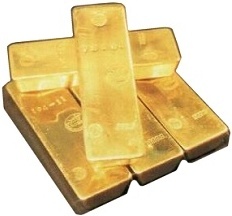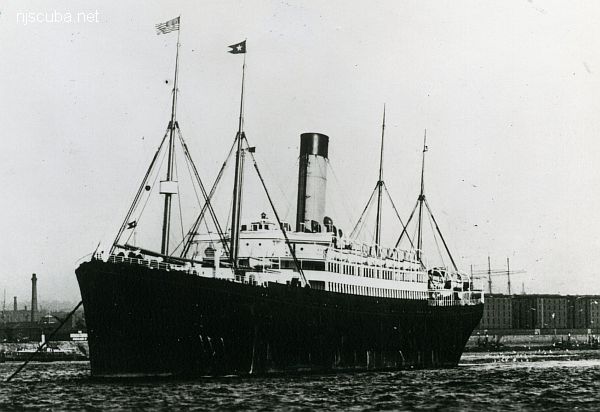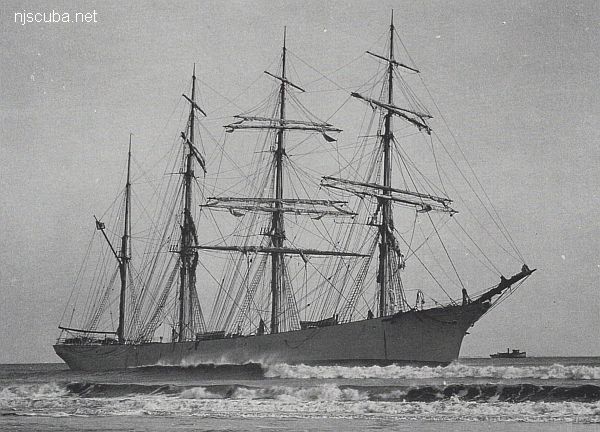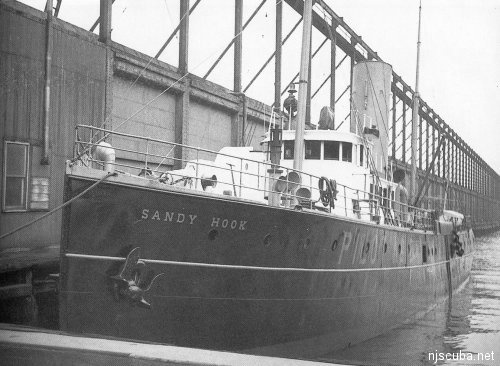
- Type:
- shipwreck, frigate ( Mermaid-class, 6th-rate ), British Royal Navy
- Name:
- Hussars were light cavalry units of the period, known for their colorful and showy uniforms.
- Built:
- 1763, England
- Specs:
- ( 124 x 33 ft ) 627 gross tons
- Sunk:
- Thursday November 23, 1780
struck a rock - unknown casualties, including prisoners - Depth:
- probably buried in the landfill under the police station near 135th Street
More: HMS Hussar ...





